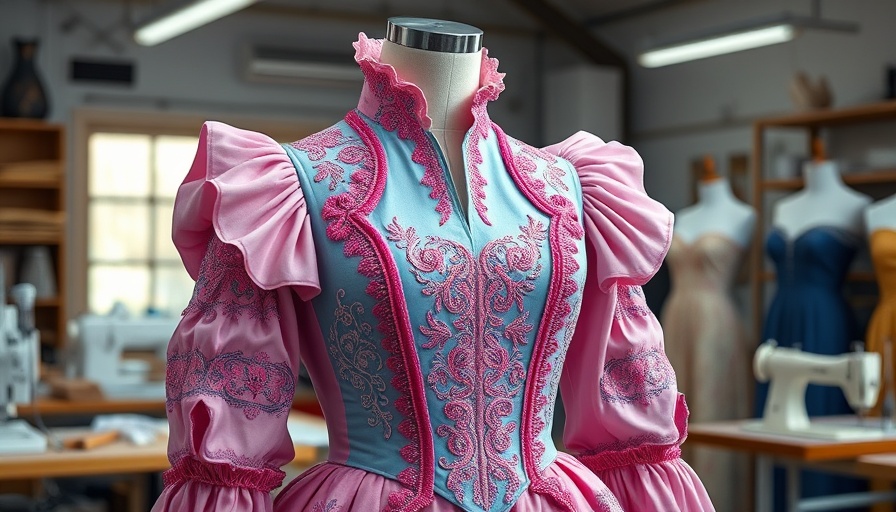
Exploring the Heart of Annie: Sofia Grace Otta's Journey
The world of theater is a magical place where stories unfold, and the actors behind those stories bring characters to life in deeply affecting ways. In this context, the upcoming Stratford Festival 2025 is not just another season; it's an opportunity to meet the people behind the scenes and understand their individual experiences. One such individual is Sofia Grace Otta, who portrays one of the beloved orphans in the classic musical, "Annie". Her journey into this iconic role weaves together personal stories, artistic aspirations, and the undeniable influence of art on individual lives.
In 'Meet the Orphans of Annie: Sofia Grace Otta | Stratford Festival 2025', we explore the inspiring journey of Sofia and how her experience highlights vital themes of resilience and connection in art.
The Story of Annie: A Reflection of Resilience
For those unfamiliar, "Annie" is not merely a tale of an orphan girl's adventures; it reflects themes of hope, resilience, and the search for family in the face of adversity. The character of Annie is emblematic of countless children's stories where bravery and optimism shine amid the harsh realities of life. Sofia Grace Otta embodies these themes, bringing her personal touch to the character through her own experiences and understanding of resilience.
Empathy and Connection Through Performance
Meeting Sofia Grace Otta is more than just experiencing her on stage; it’s about understanding how her life resonates with the audience’s emotions. Otta shares that her entry into acting was colored by deep personal motivations to connect with others through storytelling. She describes acting as an avenue through which she can express emotions and experiences that may otherwise remain unarticulated.
Importance of Storytelling in Today's Society
In a world that often feels disjointed, storytelling serves as a vital glue that brings communities together. As Otta prepares for her role in "Annie," she acknowledges how her participation in such a renowned tale places her within a larger tradition of storytelling that dates back centuries. This particular narrative has captivated audiences for generations, illustrating the enduring human spirit. The connection forged by telling stories like Annie's allows us to recognize our shared humanity, transforming individual experiences into collective understandings.
Looking Ahead: Artistic Growth and Future Prospects
As Sofia Grace Otta looks to the future, she reflects on what it means to be part of a production that is celebrated globally. Her hopes extend beyond just performing; she aims to inspire others through her craft. In her eyes, performing arts offer the unique ability to touch the lives of those who watch and listen. Each performance becomes an opportunity to impact someone’s life deeply, echoing the very core of the musical’s message: hope and family.
The Impact of the Stratford Festival on Actors and Audiences
Participating in the Stratford Festival is a pivotal step in many actors' careers, enhancing not only their professional lives but also their personal growth. Otta acknowledges this opportunity to collaborate with seasoned actors and directors—learning from their expertise while building lifelong connections. For audiences, events like this festival offer a chance to embrace the arts in a vibrant community setting, fostering a deeper appreciation for theater and its power to inspire.
The Personal Journey: Sofia Grace Otta's Artistic Identity
Ultimately, Sofia Grace Otta’s experience as part of "Annie" is both a personal journey and a reflection of a broader artistic movement. By sharing her story, she invites others to reflect on their narratives and how they intertwine with the ongoing human experience. The artistic expressions displayed at the Stratford Festival resonate with our collective story, reminding us of the power of resilience, compassion, and connection.
As the festival approaches, audiences can look forward to not only witnessing the performance but also engaging with the heart behind the story—the stories of people like Sofia Grace Otta.
 Add Row
Add Row  Add
Add 




Write A Comment